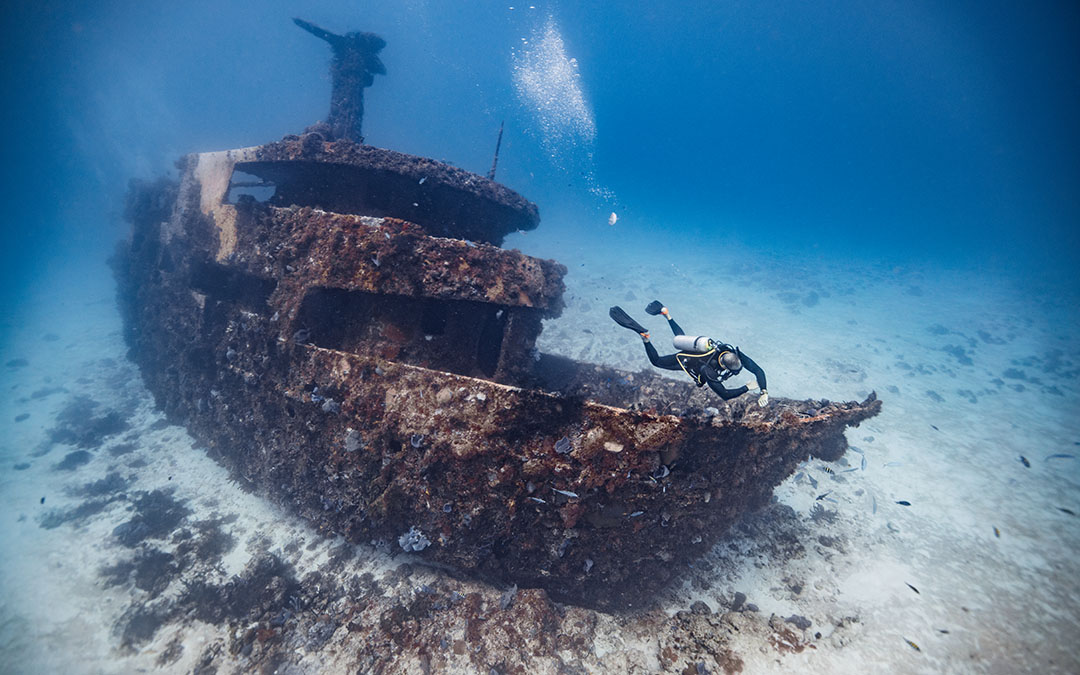Dave Whitlow
Registered
For deco diving, as previously stated, the safety stop is irrelevant as gradient factors have that covered. However, when all stops are clear it doesn't mean you must surface. I sometimes wait until the next 5 minute interval or just hang around watching jellyfish, because I can!Thanks for your replies everyone. I think the original question has been answered. Here's my summary of (what I believe to be) the good answers (some of the points have been made by more than one person, so apologies for lack of attribution):
* People use lower GF high on deco dives than equivalent on NDL dives.
* Part of the reason for the safety stop is to compensate for mistakes like ascending too quickly, that deco divers (or really, more experienced divers) are less prone to.
Are these people trained for back gas deco? I feel like maybe introducing deco earlier in training would help with this kind of situation. Many people would like to be able to spend say 10 minutes at a 35m wreck but don't want to go any further. Do they really need several tech courses and spend thousands of $/£/€ to be able to do that? It's really not that difficult to plan for short back gas deco. Guesstimate emergency SAC rate, decide on a max TTS (say 10 min), calculate min gas, and have a plan for loss of gas. Then NDL+10min is the new limit. 10 min not enough? Just plan for a longer limit instead (assuming sufficient gas).
The only bit that requires significant training is redundant gas, if required. That would depend on individual risk profile. Our club's policy is max 1 min deco without redundant gas.
I use the same GF on all dives and 60/85 works for me as I don't like to stay deep and add extra deco. I rely on my computers to include my ascent behaviour in their calculations and so far it has worked. As a UK sea diver my dives usually end with SMB deployed from depth, and once the SMB begins it's journey I start mine, aiming to be near the first mandatory deco stop when my SMB breaks the surface. It's a fun ride but saves an awful lot of winding and pointless deco.
Diving isn't a cheap pastime and if you really want to spend longer on the wreck, and deep might be interesting, then maybe CCR is worth considering? It saves an awful lot tedious gas planning when all that generally matters is the bailout gas carried and current TTS.




